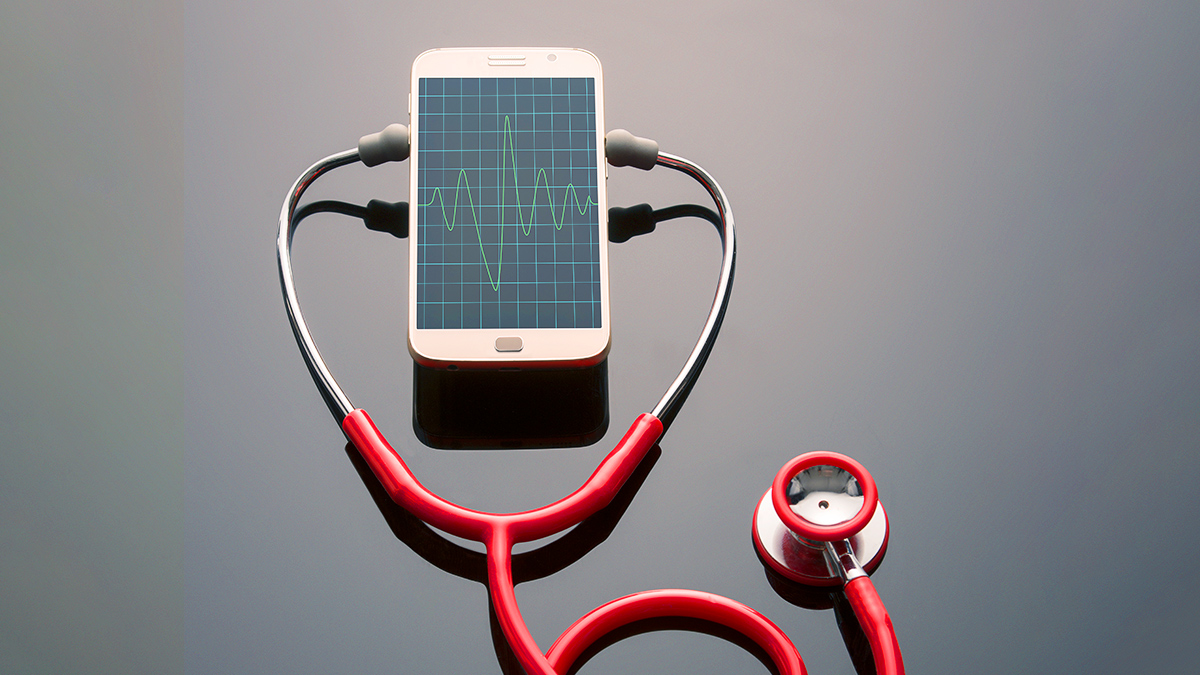
In a strange way, healthcare seems to be reverting back to a style that had gone out of fashion many years ago, with an increased amount of health taking place in the home. There are now around 12 million people who are now getting in-home care, from more than 33,000 providers, and last year the annual expenditures for home health care were projected to be over $72 billion.
This is thanks, in large part, to technology and, more specifically, to connected in-home devices that can easily collect and send data to a physicians in real-time. This allows patients to be monitored remotely, without constant trips to the doctor, and for physicians to do more timely interventions based on patterns picked up by AI and machine learning.
In June, Vator, HP and UCSF Health Hub will be holding an event centered around these devices, and how they are affecting the healthtech space. Every week until then we will be doing a roundup of some of the news around in-home devices and what some of the major tech companies are up to in this space.
Humana commits to more home health in 2020
In the Humana’s Q4 earnings call, CEO Bruce Broussard pledged that the company would go deeper into home health in the coming year.
“In the home, we advanced our transformational home health initiative with Kindred at Home and Curo through the implementation of a company-wide EMR and the extrapolation of best practices for our over 20,000 home health episodes.
“The next phase beginning in 2020 is to provide more care services in the home, including acute care and primary care in the home, so that we may begin to generate meaningful trend vendors for our health plans in the future while improving clinical outcomes for our seniors.”
The company has made inroads into the home health area through its acquisition of Kindred at Home in 2018, a home healthcare operator. Humana owns 40 percent of the company, along with TPG Capital and Welsh, Carson, Anderson & Stowe
Though that partnership, Humana also revealed that it will be developing more primary-care centers for Medicare Advantage patients as well.

Hinge Health, a developer of back and joint pain care pathways that combine wearable sensor-guided exercise therapy with behavioral change, along with one-on-one health coaching and education, raised a $90 million round of funding led by Bessemer Venture Partners, with participation from Lead Edge Capital and existing investors Insight Partners, Atomico, 11.2 Capital, Quadrille Capital and Heuristic Capital. This round brings its total funding to $126.1 million.
In conjunction with the funding, Steve Kraus of Bessemer Venture Partners will be joining the board at Hinge Health.
In 2019, the company’s revenue and customer base both tripled in the final half of the year, and revenue is poised to triple again in 2020. Hinge Health is available to millions of members through employers and health plans and the company has seen 100 percent client retention over five years.
“As pioneers in digital MSK care, we’re excited to continue re-defining best-practice care for patients with back or joint pain – conditions so pervasive that we all know someone affected,” Hinge Health CEO and Co-Founder Daniel Perez said in a statement. “We’re also really proud there was so much interest in this round from our existing investors, who know us best.

AMA: physician usage of telemedicine doubles
A report from the American Medical Association found that physician use of technology to provide their patients with televisits or virtual visits has doubled since 2016, going from 14 percent to 28 percent.
The organization surveyed 1,300 physicians and found an increase in their use of other digital tools as well, with nearly 60 percent allowing consumers to access clinical data, 47 percent now deploy point of care or workflow enhancements, and 37 percent use clinical decision support tools.
“The rise of the digital-native physician will have a profound impact on health care and patient outcomes, and will place digital health technologies under pressure to perform according to higher expectations,” AMA Board of Trustees Chair Jesse M. Ehrenfeld said in a statement.
“The AMA survey provides deep insight into the emerging requirements that physicians expect from digital technologies and sets an industry guidepost for understanding what a growing number of physicians require to adopt new technology.”

MAYO Clinic recommends in-home devices for COPD
In a paper published in JAMA, Mayo Clinic researchers described the benefits of in-home noninvasive ventilation therapy for many patients with chronic obstructive pulmonary disease (COPD). COPD is the third leading cause of death in the U.S., and more 15 million people are currently living it.
Among the benefits they described where reduced mortality, fewer hospital admissions, lower risk of intubation, improved shortness of breath, and fewer emergency department visits.
“Although there is ample evidence supporting in-hospital use of breathing devices such as BiPAP, until now, we didn’t know which benefits may be available when we send people home with a new piece of equipment,” Michael Wilson, M.D., a pulmonary and critical care physician at Mayo Clinic who led the study, said in a statement.
“There were indications that at-home therapy might be beneficial, but there were conflicting studies and guidelines as to what would be best for our patients.”
The study reviewed 33 studies evaluating outcomes for 51,085 patients with COPD and hypercapnia who were followed for at least one month while using a noninvasive ventilator at home during nighttime sleeping hours.
Among these patients, use of a noninvasive ventilator device, such as bilevel positive airway pressure, compared to no device was significantly associated with lower mortality: 29.2 percent versus 22.3 percent. The use of a noninvasive ventilator device also led to fewer emergency department visits and hospitalizations, and lower rates of intubation if patients were admitted to the hospital.
(Image source: hbr.org)















